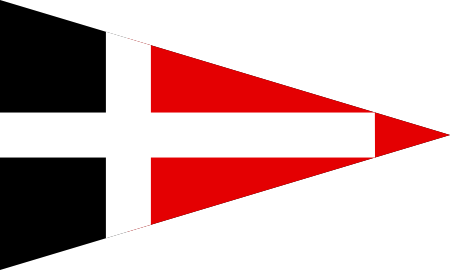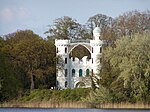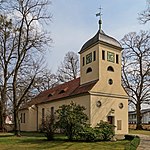Verein Seglerhaus am Wannsee

The Verein Seglerhaus am Wannsee (VSaW) (meaning: "Sailing house by the Wann Lake Union") is the second oldest yacht club in Germany after Segelclub RHE. It is located on the shores of the Greater Wannsee lake, southwest of Berlin. The club has mooring space for 250 yachts. It organizes yearly regatta series with both domestic and international participation. Together with the Yacht Club of Kiel, the Norddeutscher Regattaverein and the Hamburger Sailing Club, the Verein Seglerhaus am Wannsee organizes the Kiel Week. Taking place in the Bay of Kiel, this annual event is one of the largest and most prestigious sailing regattas in the world. Members of the Verein Seglerhaus am Wannsee have won Olympic, World and European competitions. The Olympic section of the club consists of six teams.
Excerpt from the Wikipedia article Verein Seglerhaus am Wannsee (License: CC BY-SA 3.0, Authors, Images).Verein Seglerhaus am Wannsee
de:Düppeler Forst, Berlin Wannsee
Geographical coordinates (GPS) Address Nearby Places Show on map
Geographical coordinates (GPS)
| Latitude | Longitude |
|---|---|
| N 52.433333333333 ° | E 13.15 ° |
Address
de:Düppeler Forst
14109 Berlin, Wannsee
Germany
Open on Google Maps










